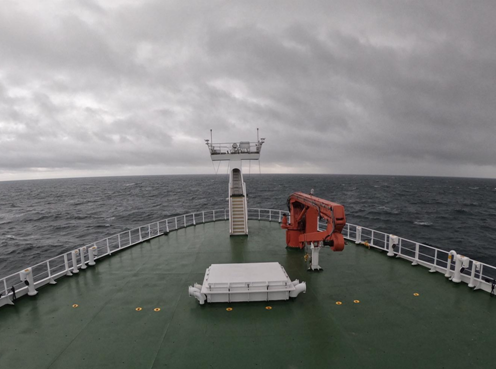Earlier today, the Royal Research Ship (RRS) Discovery departed from the National Oceanography Centre (Southampton) to bring a team of 20 scientists to revisit the Darwin Mounds marine protected area.

This marine protected area is named after the RRS Charles Darwin, the research vessel from which they were discovered by a team of NOC scientists in 1998. These mounds are located at 1,000m depth, and are built by cold-water corals, coral species that do not need light for living. The corals first settled 10 thousand years ago, forming hundreds of outstanding and unique reefs in the deep waters of the Atlantic Ocean, over an area of approximately 100km2. These deep-sea features reach up to 5m tall and extend up to 100m wide.
These fragile biological structures, which support a rich marine ecosystem, were once damaged by fishing activities. As a result, the Darwin Mounds were placed under protection in 2003, making them the oldest Marine Protected Area in the UK offshore waters.
Little is known regarding the resilience of cold-water coral ecosystems to human disturbance. This is why, after 16 years of no fishing activities at the Darwin Mounds, we are returning to the area to assess how the corals have recovered. One of the methods we use to assess this, is the examination of video images acquired with a remotely operated vehicle that dives 1,000m down to the study area. In parallel, we are using the autonomous underwater vehicle Autosub6000 to create a 3D reconstruction of the coral mounds and surroundings. More about that in a future blog post!
If the weather remains mild, it will take us three days to reach the Darwin mounds, which are located 200km offshore North-West Scotland. Stay tuned for the next update of this exciting adventure!